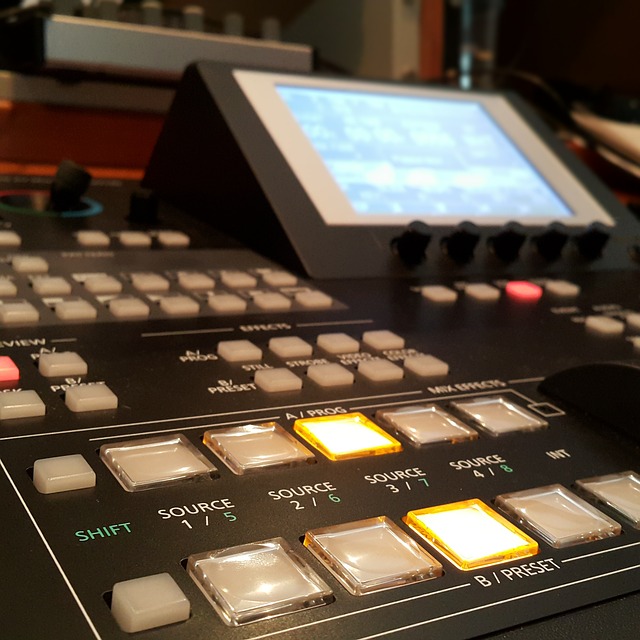Apple’s high-end 14-inch and 16-inch MacBook Pro offers the M1 Pro chip with 16GB of RAM as standard, but you can upgrade to 32GB of RAM for $400.
When choosing your M1 Pro MacBook Pro configuration, should you upgrade to the 32GB memory option and does it justify its cost? Our guide helps to answer the question of how to decide which of these two memory options for the high-end MacBook Pro is best for you.
Unified Memory Architecture
Macs and PCs have traditionally needed to use multiple chips for the CPU, RAM, I/O, and more. With Apple silicon chips, these technologies are combined into a single System on Chip (SoC), delivering a new level of integration for improved performance and power efficiency.
Like the M1 chip, the M1 Pro features a unified memory architecture. This brings together high-bandwidth, low-latency memory into a single pool within a custom package. This allows all of the technologies in the SoC to access the same data without copying it between multiple pools of memory, which significantly improves performance and efficiency.
The MacBook Pro’s substantially different memory hardware is the basis for its improved memory performance, but the M1 Pro MacBook Pro is also bolstered by 200GB/s unified memory and a faster, 7.4GB/s SSD, which means that the memory is much quicker and the system can swap with the SSD faster. Overall, this means that the new MacBook Pro’s memory performance is massively improved compared to previous MacBook Pro models, as well as most PCs.
Decisions about getting either 16GB or 32GB of memory should therefore be rooted in the understanding that the MacBook Pro’s memory is not conventional RAM, but rather a much faster unified memory architecture.
macOS Optimization
macOS intelligently optimizes memory usage in the background, filling up much of the available RAM for better performance. This means that high memory usage does not necessarily indicate that you need additional memory.
Using the faster SSD in the high-end MacBook Pro, the system can also swap data on the memory with the SSD if it needs to do so. As evidenced by the performance of previous Apple silicon Macs, macOS is able to optimize the unified memory pool extremely well. As a result, the extent and effectiveness of macOS optimization should be factored into decisions about paying for the $400 32GB memory upgrade.
Real-World Tests
The YouTube channel Max Tech recently compared the 16GB and 32GB MacBook Pro models when performing a number of intense tasks to give an indication of how the two memory configurations weigh up.
In Lightroom Classic, Max Tech found that the 32GB MacBook Pro performed exports just two seconds faster than the 16GB model. With multiple memory-hungry applications open in the background, the gap between the machines only increased by one second.
When exporting 4K ProRes RAW video, the 16GB MacBook Pro was just six seconds slower than the 32GB version. When exporting 8K ProRes RAW video, this gap reduced to just a single second.
In Xcode, the 16GB model compiled a project in 137 seconds, compared to the 32GB model’s 115 seconds. When performing photo editing, video editing, …….
Source: https://www.macrumors.com/guide/16gb-vs-32gb-macbook-pro/
